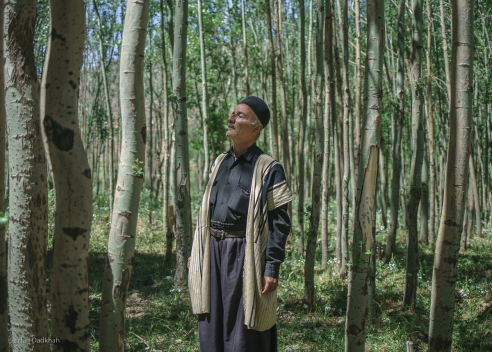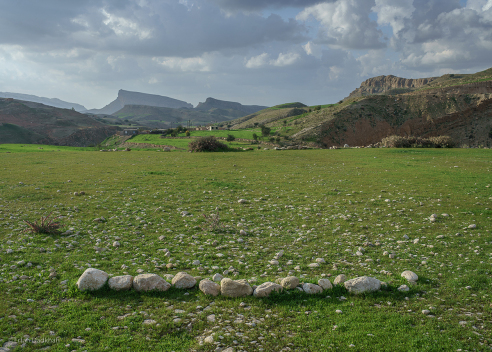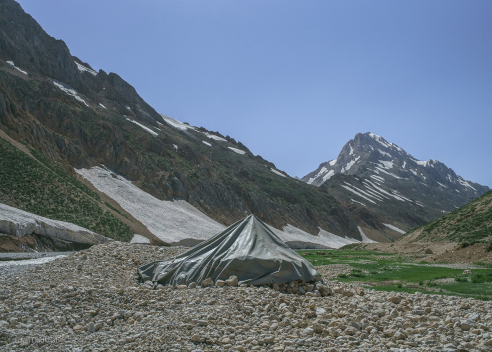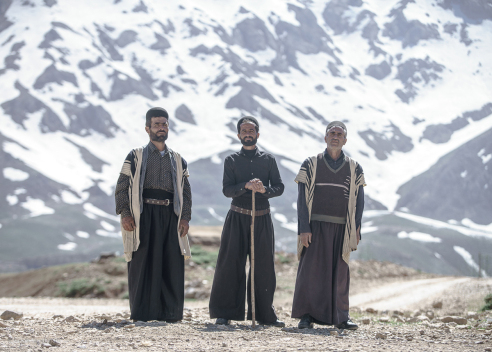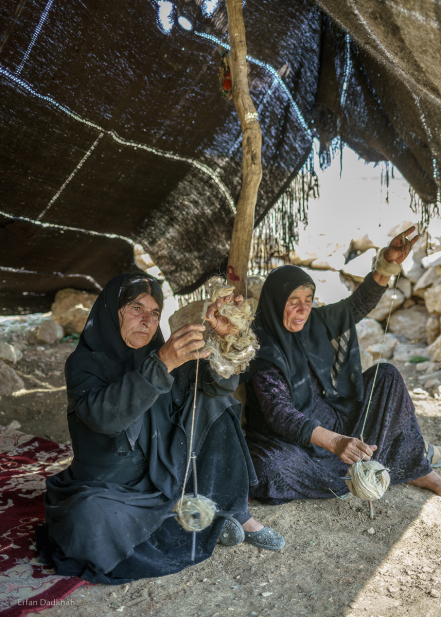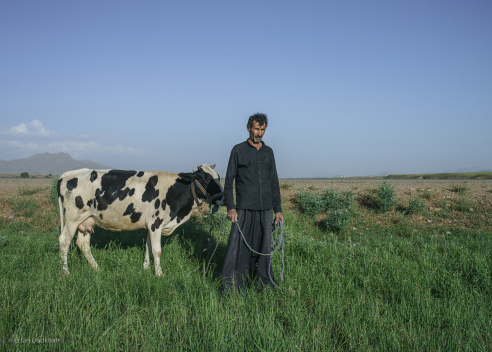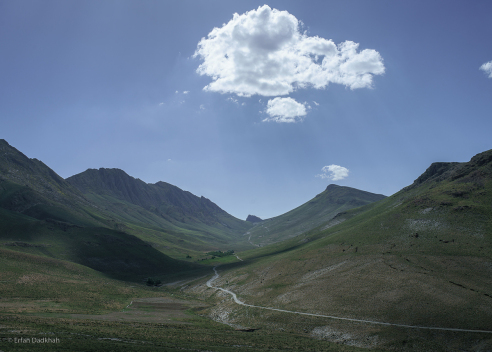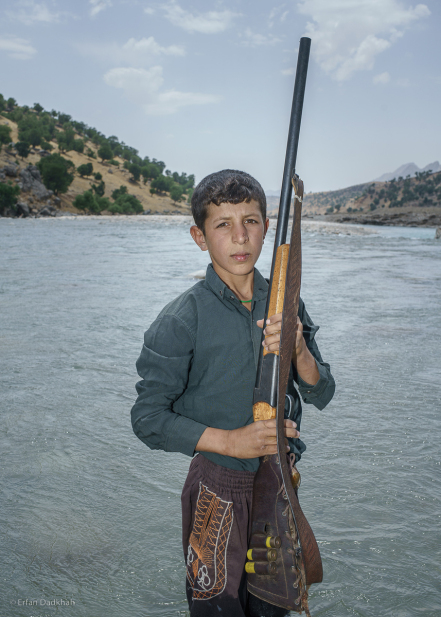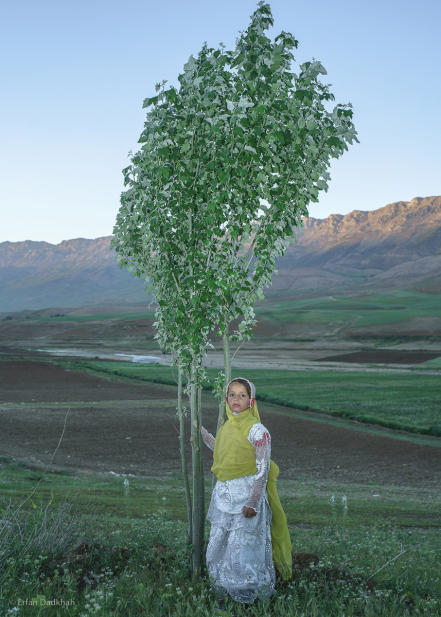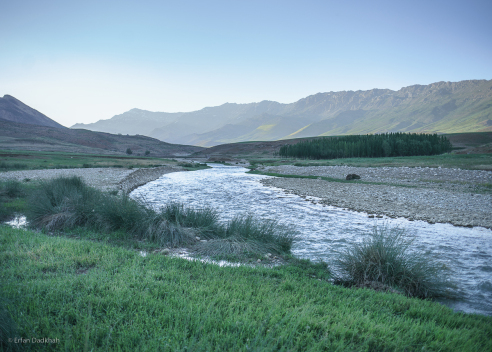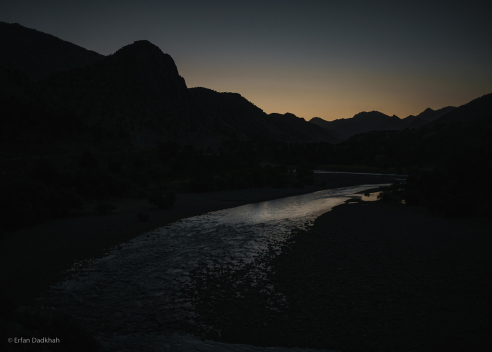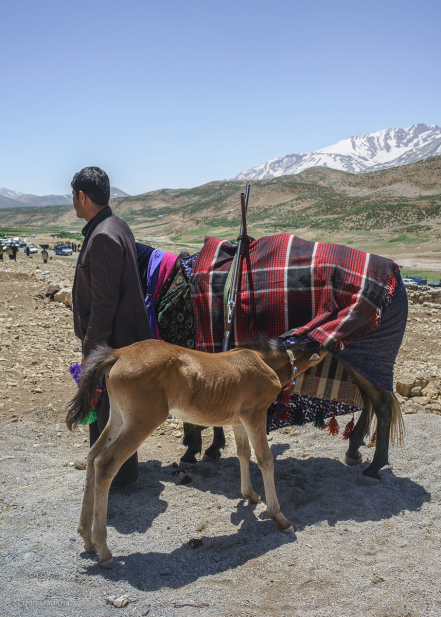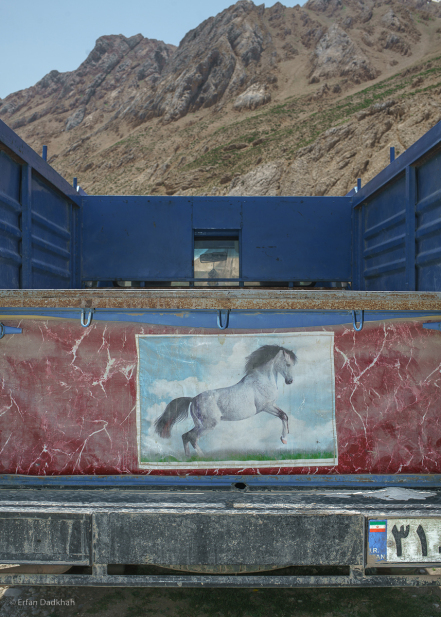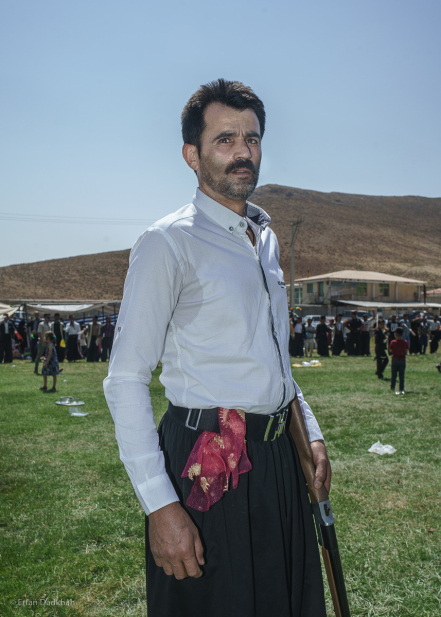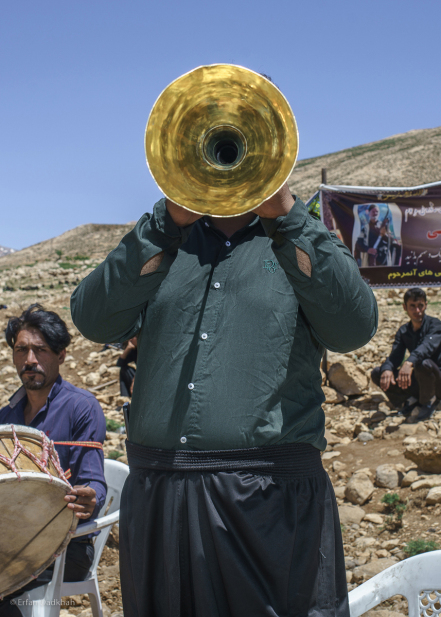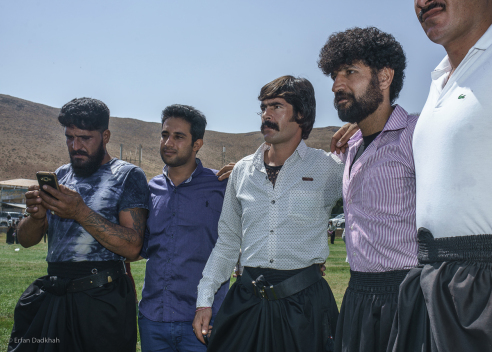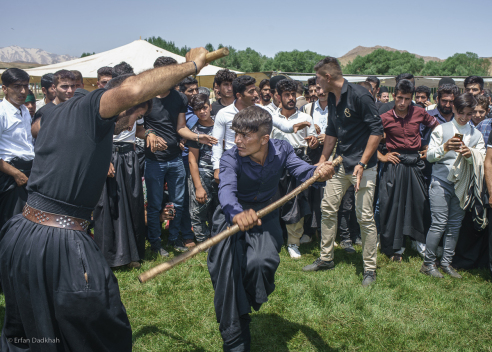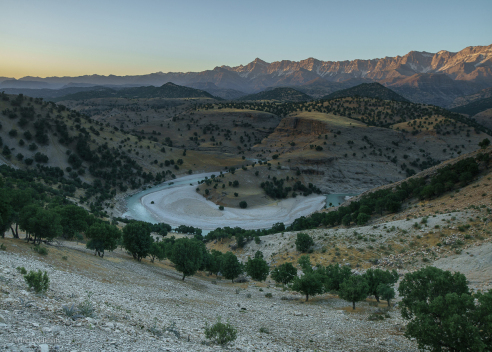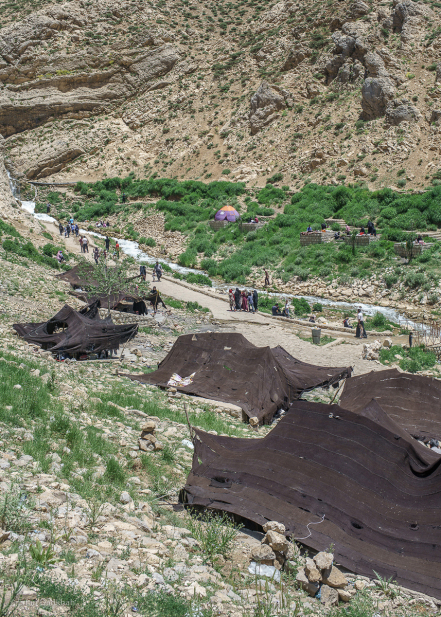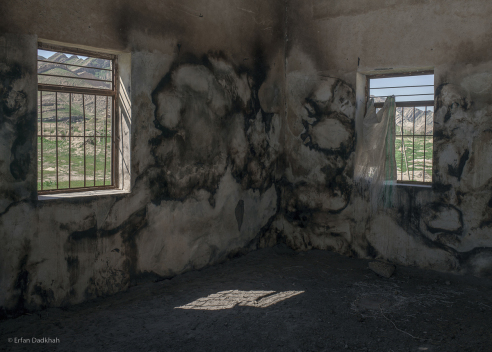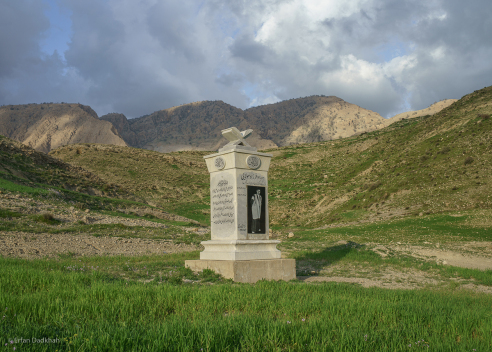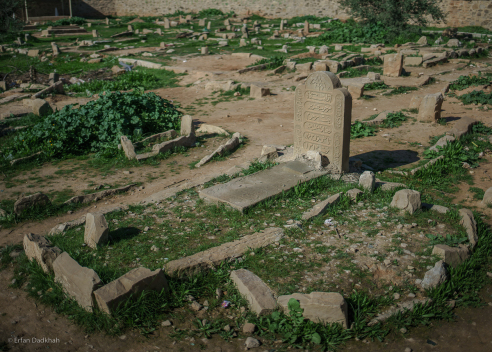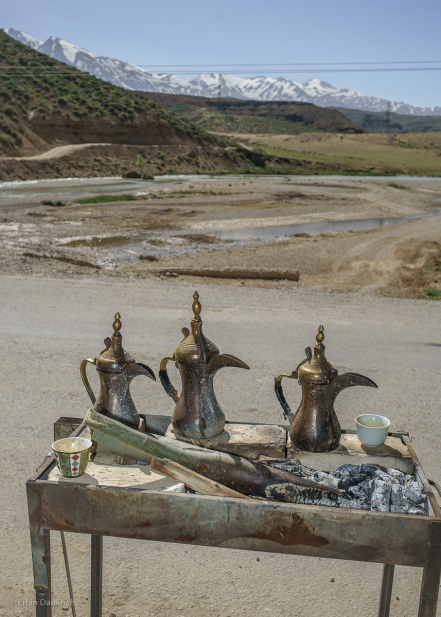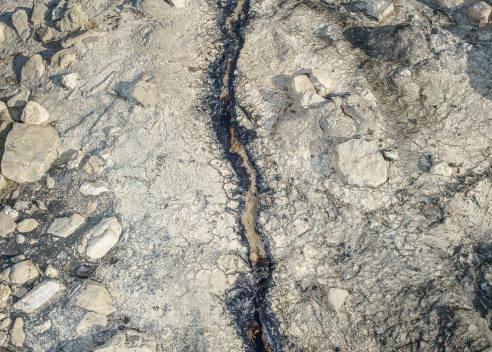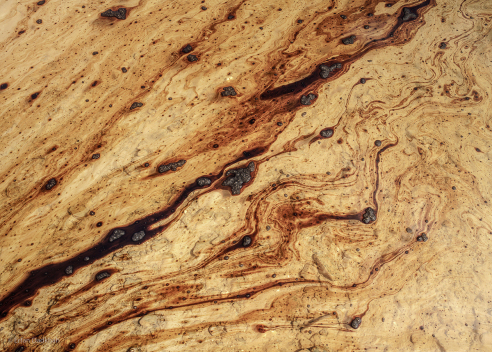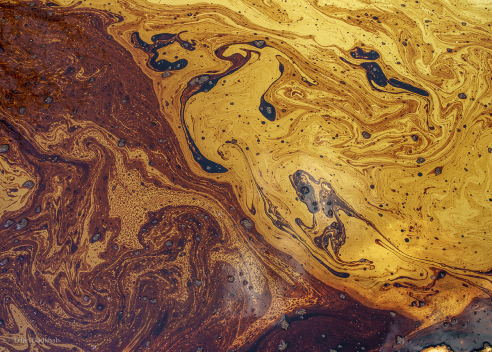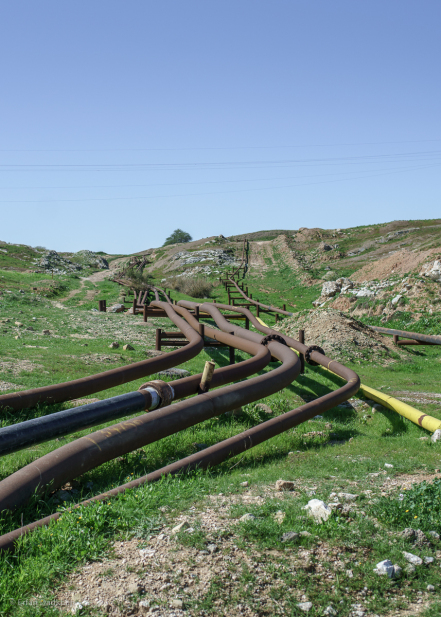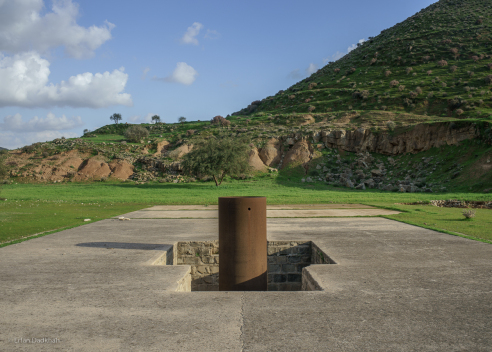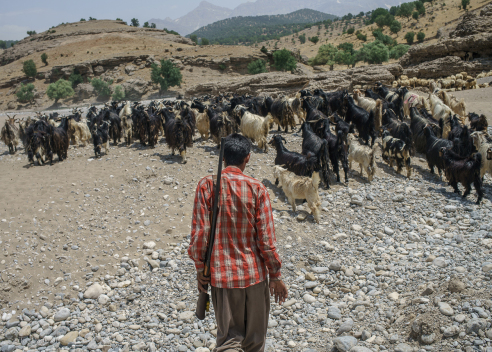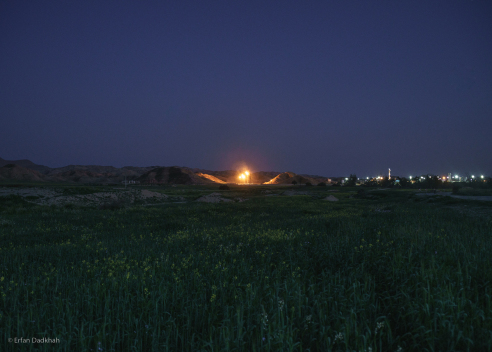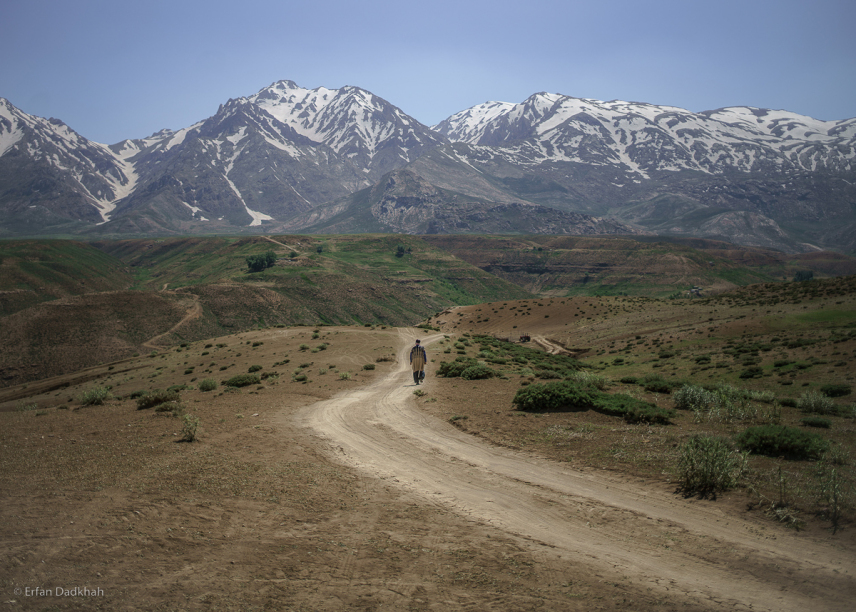
Wandering in the West Mountains
A group of Iranian nomads lives amidst the Zagros Mountains[1] who have played a pivotal role in Iran's history for centuries, yet now, have deliberately been obliterated. The first time I saw them, I was attracted to the naturalness flowing in their lives. Are there more than 1 million nomads? No one is sure! However, a hundred years ago, they made up half of the Iranian population.
The Bakhtiari, one of the biggest Iranian nomadic tribes, proudly claim to be the originator of one of the first civilizations in the world and also sedentarism. The domesticized animals and plants for the first time in this region. Ancient traditions, patriarchy, and warfare can still be seen among them. They bear the legacy of "seasonal migration" that dates back to thousands of years ago. Despite the changed lifestyle, some of them still live in tents amidst mountains and migrate over and over; a difficult lifestyle that is fading away these days.
The first night I was in Siah Chador[2], the darkness passed through a guard, which did not exist, and plunged me deep inside. A type of immediate conversation with the universe using the language of nature, without the sounds one can hear inside cities; I was scared and the world got slower and slower and I started wandering, exactly like the people who have been wandering in this region for years. Amidst the wonders of Shush and Chogha Zanbil[3], amidst the struggles of power and wealth over petroleum[4], the war between Darius[5] and Alexander[6], amidst the roaring Karun River[7] and high-flying Zardkooh[8].
[1] Zagros is a mountain range stretching from west to southwestern Iran.
[2] The nomads usually live in black tents made up of black goat hair woven by nomadic women.
[3] Chogha Zanbil is an ancient Elamite complex in the Khuzestan province of Iran that was built about 1250 BC.
[4] "Number One" is the name of the first petroleum well in the Middle East located in Masjed Soleyman, Khuzestan, a Bakhtiari city. Most of Iran's discovered petroleum reservoirs are in Zagros and the Persian Gulf.
[5] The thirteenth and last king of the Achaemenid empire of Iran (522 BC to 486 BC).
[6] Alexander the Great, the king of ancient Macedonia who conquered the entire Persian Empire.
[7] Iran's largest and most effluent river, along which the first human civilizations were formed.
[8] Zardkooh is a sub-range in the central Zagros Range, Iran; between the provinces of Chaharmahal and Bakhtiari and Khuzestan.
سرگردان در کوههای غرب
میان قلههای رشتهکوه زاگرس[1] گروهی از کوچنشینان ایران زندگی میکنند که قرنهاست در تاریخ ایران نقش محوری دارند و حالا بهعمد محوشدهاند. اولبار که دیدمشان جذب عریانی جاری در زندگیشان شدم. بیش از یکمیلیون عشایر وجود دارد؟ کسی مطمئن نیست! اما صدسال پیش آنها نیمی از جمعیت ایران را تشکیل میدادند.
بختیاریها یکی از بزرگترین قبایل عشایری ایران ، باافتخار ادعای شروع یکی از اولین تمدن های جهان و شروع یکجانشینی را دارند. حیوانات و نباتات اولین بار در این منطقه اهلی شدند. سنتهای کهن، مردسالاری و جنگجویی را هنوز میتوان در بینشان به چشم دید. آنها میراث دار «مهاجرت فصلی» هستند که عمرش به هزاران سال میرسد. باوجود تغییر سبک زندگی، عدهای از آنها هنوز در میانکوهها در چادر زندگی میکنند و کوچ میکنند و کوچ میکنند؛ شیوهای سخت از زندگی که در حال محو شدن است.
شب اولی که در سیاه چادر[2] بودم، سیاهی از حائلی که وجود نداشت عبور میکرد و مرا در خود فرومیبُرد. یکجور بیواسطه با جهان سخن گفتن، با زبان طبیعت، بی آواهایی که در شهرها میشنوی؛ ترسیدم و جهان در پیش چشمم کند و کندتر شد و سرگردانی سراغم آمد. درست همانند قومی که سالهاست در این سرزمین سرگردان است. میان شگفتیهای شوش و چغازنبیل[3]، میان کشمکشهای قدرت و ثروت بر سر نفت[4]، جنگ میان داریوش[5] و اسکندر[6] ، میان خروش وحشی رود کارون[7] و بلندای زرد کوه[8].
[1] زاگرُس رشتهکوهی است که از غرب تا جنوب غربی ایران کشیده شده است.
[2] عشایر معمولاً در زیر چادرهایی سیاه زندگی میکنند که از موی بز سیاه و توسط زنان عشایر بافته میشود.
[3] چغارزنبیل نیایشگاهی باستانی) ۱۲۵۰ پیش از میلاد) است در نزدیکی شهر شوش در استان خوزستان ایران.
[4] چاه "شماره یک" نام اولین چاه نفت خاورمیانه است که در شهر بختیاری نشین مسجدسلیمان قرار دارد . بیشتر میدانها کشف شده نفت ایران در زاگرس و خلیج فارس هستند.
[5] سیزدهمین و آخرین پادشاه شاهنشاهی هخامنشی ایران (۵۵۰–۳۳۰ پیش از میلاد) .
[6] اسکندر کبیر ، پادشاه مقدونیهٔ باستان که سرتاسر شاهنشاهی ایران را تسخیر کرد .
7 پرآبترین و بزرگترین رودخانه که اولین تمدنهای بشری در کنار این رود تشکیل گردیدهاست .
[8] کوهستانی در زاگرس بین استان های چهارمحال و بختیاری و خوزستان.




